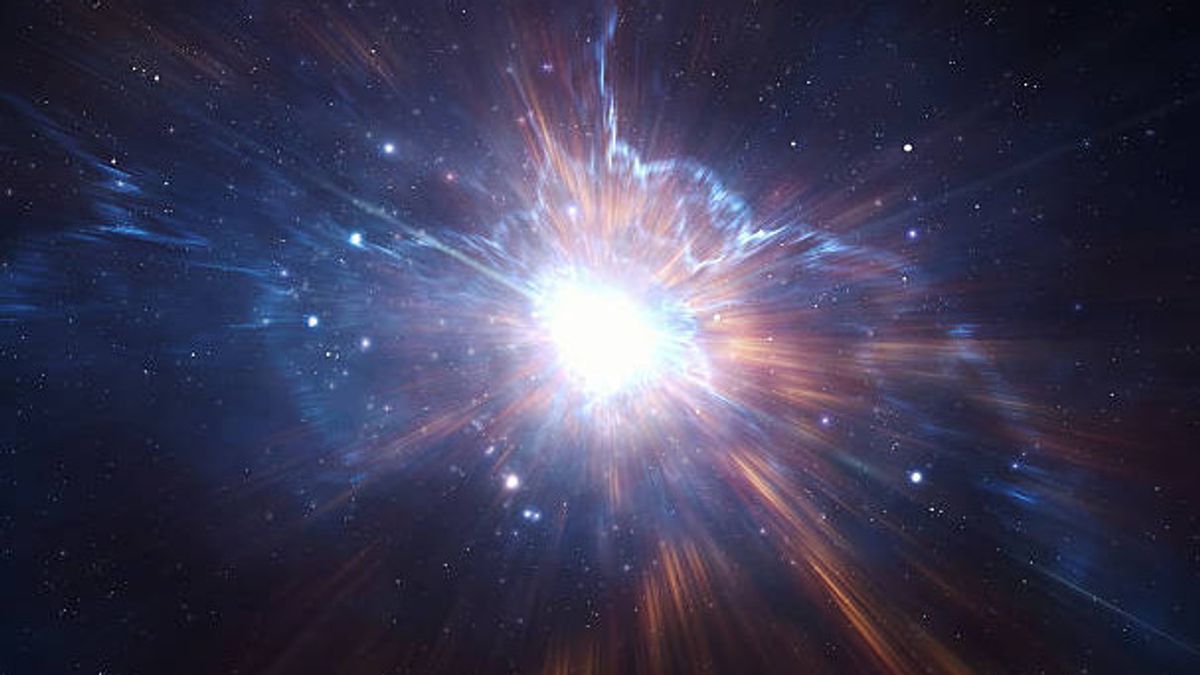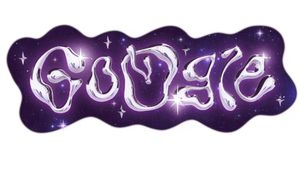JAKARTA - According to a new study challenging the main cosmological model, the Universe is almost twice as old as previously thought. Experts from Ottawa University have compiled a new model and stated that the Big Bang occurred 26.7 billion years ago. It is almost twice as old as previously thought, which suggests that our universe is 13.7 billion years old.
"The model that we have compiled recently extends the time of galaxy formation to several billion years, bringing the age of the universe to 26.7 billion years, not 13.7 billion as previously estimated," said Professor Rajendra Gupta, co-author of the study.
Previously, scientists had calculated the age of our universe by studying the oldest stars based on the redshift of light from distant galaxies. In 2021, they set the age of 13.797 billion years for our Galaxy based on this model. However, many experts are confused by the presence of stars that appear to be even older than that.
For example, Meteria, a star in the Libra constellation, is estimated to be between 13.65 billion and 15.25 billion years old. In addition, NASA's James Webb Space Telescope has discovered several early galaxies that appear to be in an advanced evolutionary stage.
Professor Gupta stated that the previous model based on light redshift was "too familiar."
"By allowing this theory to coexist with an expanding universe, it is possible to interpret redshift as a hybrid phenomenon, not simply because of expansion," he explained.
Instead, Professor Gupta argues that we should introduce the idea of an expanding "constant-constant coupling".
SEE ALSO:
Constant-constant coupling is a fundamental physical constant governing the interaction between particles. This idea was first conjectured by Paul Dirac in 1928, which suggested that these constants may have changed over time.
By allowing them to expand, the time span for the formation of early galaxies observed by NASA's James Webb Space Telescope at high redshift could be extended from several hundred million years to several billion years, according to Professor Gupta.
He also suggested that the traditional interpretation of "cosmological constant," which represents dark energy responsible for accelerating expansion of the universe, needs to be revised. Instead, he suggested a constant which considers the evolution of the constant-constant coupling.
"The modifications in this cosmological model help address the tiny galaxy size puzzles observed in the early universe, thus allowing for more accurate observations," he added in a statement.
The English, Chinese, Japanese, Arabic, and French versions are automatically generated by the AI. So there may still be inaccuracies in translating, please always see Indonesian as our main language. (system supported by DigitalSiber.id)


















